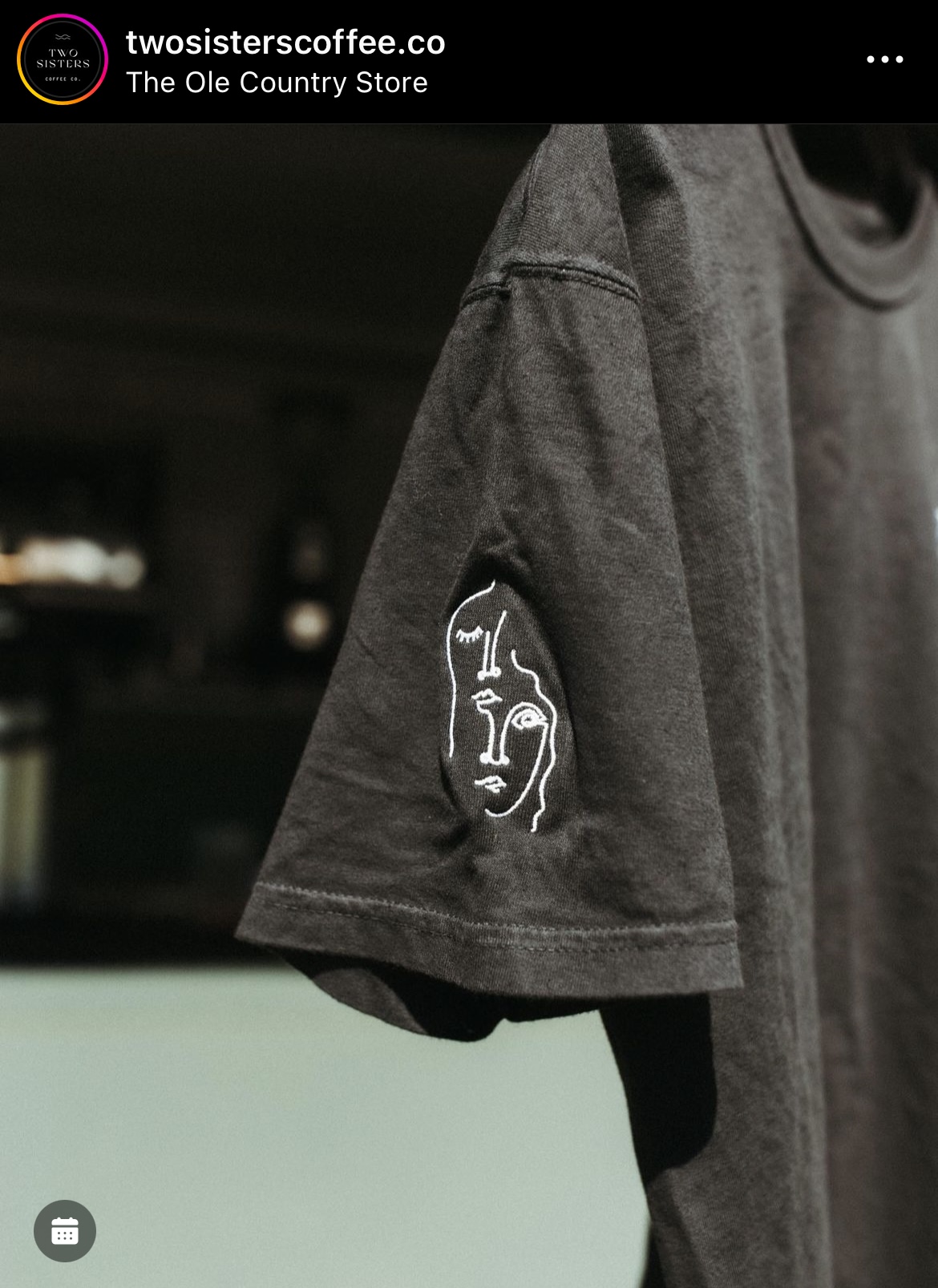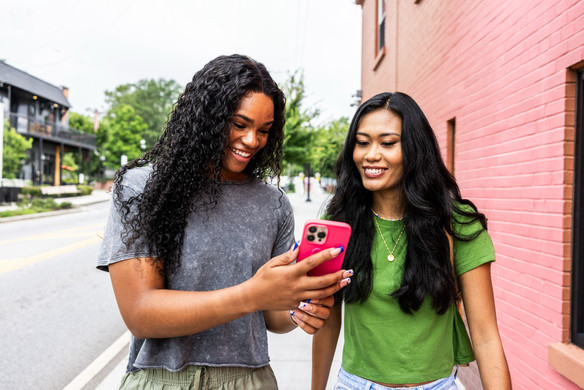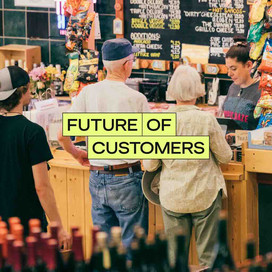Table of contents
Yes, starting a new business is exciting. But telling the story of your new business and inspiring customers to come along for the journey is key. In other words, you can’t forget about marketing.
There’s a plethora of marketing options at your fingertips, so it can be difficult to know where to start, what tools to invest in, and when to pivot. You need a place to help you outline your goals and your messaging and gain a deeper understanding of your audience. That’s where a marketing strategy comes into play.
Here are a few tried-and-true (and seller-backed) methods for marketing a new business.
Use your website to connect with customers.
In the age of online shopping, having a business website is a must-have. In fact, the majority (80%) of restaurant owners agree that channels such as a website are vital for operations. They’re also a great way to enhance customer loyalty, according to the 2024 Square Future of Commerce report. The same report also said 45% of customers believe a website is likely to entice diners to try a new restaurant.
When it comes to the basics, use your website to showcase your items and share important information regarding your business, such as business hours, location, how to get in contact, and linked social media channels. There’s also an opportunity to take your website a step further by emphasizing your loyalty program upon entering the site and highlighting the overall experience by embedding a video of a popular night. Research shows that including videos on a website can increase time spent on the page by 88%.
Powerful eCommerce platforms like Square can help you design a website for your business with features including built-in SEO tools and several customizable features to help you get your business online and put your best foot forward. Other features, such as Square Photo Studio, can help you achieve studio-quality images from photos taken with your phone. It syncs directly to your Websites store, making it easy to keep all of your eCommerce components in one place.
Tailor your social media efforts to your target audience.
Social media is a no-brainer for new businesses. With one post, your business can reach thousands of potential customers who are searching for your products. According to the 2024 Square Future of Customers report, 52% of global customers are interested in communication via social media channels from businesses. For retail businesses interested in targeting younger demographics like Gen Z or millennials, social media is especially crucial. Forty-seven percent of Gen Z and millennials reported that social media is an important factor in determining whether to visit a new local retailer.
With several social media platforms at your disposal, take a closer look at your buyer persona(s) and target audience to decide which platform(s) can serve you best. Be mindful of the fact that the platforms you prefer may not necessarily be the platforms your customers prefer. For example, wedding-based businesses might fare better on platforms such as Instagram and Pinterest instead of Facebook due to the highly visual nature of the platform and the makeup of the active daily users. But regardless of the platform, outline your ideal content type(s) and your goals to help you chart a path toward success.
For instance, Katie Poppe, owner of Blue Star Donuts, chose Instagram as its main marketing platform in the beginning because of the nature of their product. “Our product was highly visual, and I would just post donut porn pictures like that was it. I didn’t have a budget for marketing. That’s all we did,” says Poppe. “But people found it, and they found us. And then it led to magazine covers, interviews, and TV spots, and so much organic press came out of that,” she explained further.

Build relationships through email and SMS marketing.
Across Gen Z, millennials, Gen X, and the boomer generations, email is the most preferred channel customers prefer for communications from local businesses, according to Square data. When attracting new customers, the ultimate goals are retention and relationship building. Collecting information like an email or a phone number can make sure you stay in contact with new customers, share new products, and continue to keep your brand top of mind. Email and SMS marketing can also help you bridge connections to other marketing channels, like social media.
Emma Harris of Ratstar was able to deepen her connection with customers she garnered on social media by using SMS marketing. “When I first opened the store, I really just used TikTok and Instagram to market at first and would hope for something to go somewhat viral, which sometimes it did. Eventually we started using Square SMS marketing once enough people signed up in-store,” she noted.
Regardless of whether you decide to use email, SMS, or both, be strategic about your outreach. Customers are regularly inundated with marketing and promotions, and it’s important that new businesses stand out and provide value. Consider extending a promotional offer to new customers as soon as they sign up, such as 15% off, to make your outreach stand out.
Tease your brand with merchandise.
Selling branded merchandise or exploring other revenue streams can also be an effective tool for marketing a new business. Twenty-two percent of retail businesses identify new revenue streams like branded merch as an opportunity to broaden their reach with customers and diversify their customer base. In turn, 32% of retailers reported that between 26% and 50% of their revenue comes from offerings outside of their core retail offering.
Two Sisters Coffee Co. invested in merchandise to tease their launch and have since created six merchandise drops, creating an entirely new revenue stream. “We wanted to start a merch line as a form of marketing. We started out by selling t-shirts at cost before we even opened. We thought it would be the perfect way to spread the word organically,” said co-owner Lexi Bates.

Incorporating your brand on a tote bag or a sweatshirt can serve as an easy conversation starter in public and raise brand awareness. Because even if a customer doesn’t want tacos or whatever your core offering happens to be, they may still want to purchase your merchandise. They might enjoy the slogan, the message on your items, or your overall mission. It can also inspire deeper loyalty for customers who enjoy your core products and want to go the extra mile and invest in your merchandise.
With this in mind, be thoughtful about how you choose to design your merchandise. In addition to items with your brand name or logo, think about a unique slogan or message that only your brand can own to help diversify your customer base.
Understand your consumers
Investing in foundational marketing channels is essential when starting a new business. But it’s also important to stay on top of consumer trends so you can invest in the channels your customers are already on. Download the Future of Customers report to learn more about what customers want from your new business in 2024 and how to offer it to them.
Use local avenues to deepen your footprint in the community.
Similar to email marketing, local and traditional marketing is another tried-and-true method. Tapping into local radio, television stations, and events are great ways to reach customers in your area. There’s even an opportunity to collaborate with other business owners in your immediate area to comarket and further build your audience.
According to the U.S. Chamber of Commerce, comarketing is defined as two or more businesses collaborating on a joint promotional campaign, and our data shows this is a win with customers. The 2024 Square Future of Customers report found that 17% of customers say partnerships with local businesses would increase their interest in a new restaurant.
Here’s an example. Let’s say you’re opening a new cafe. Consider partnering with another business, such as a salon, for a comarketing campaign. The campaign could look like a giveaway or a special event like Cuts and Coffee, where customers can get discounted haircuts with the purchase of a coffee. Be sure to emphasize the strengths of each business to make the campaign most impactful.
![]()












